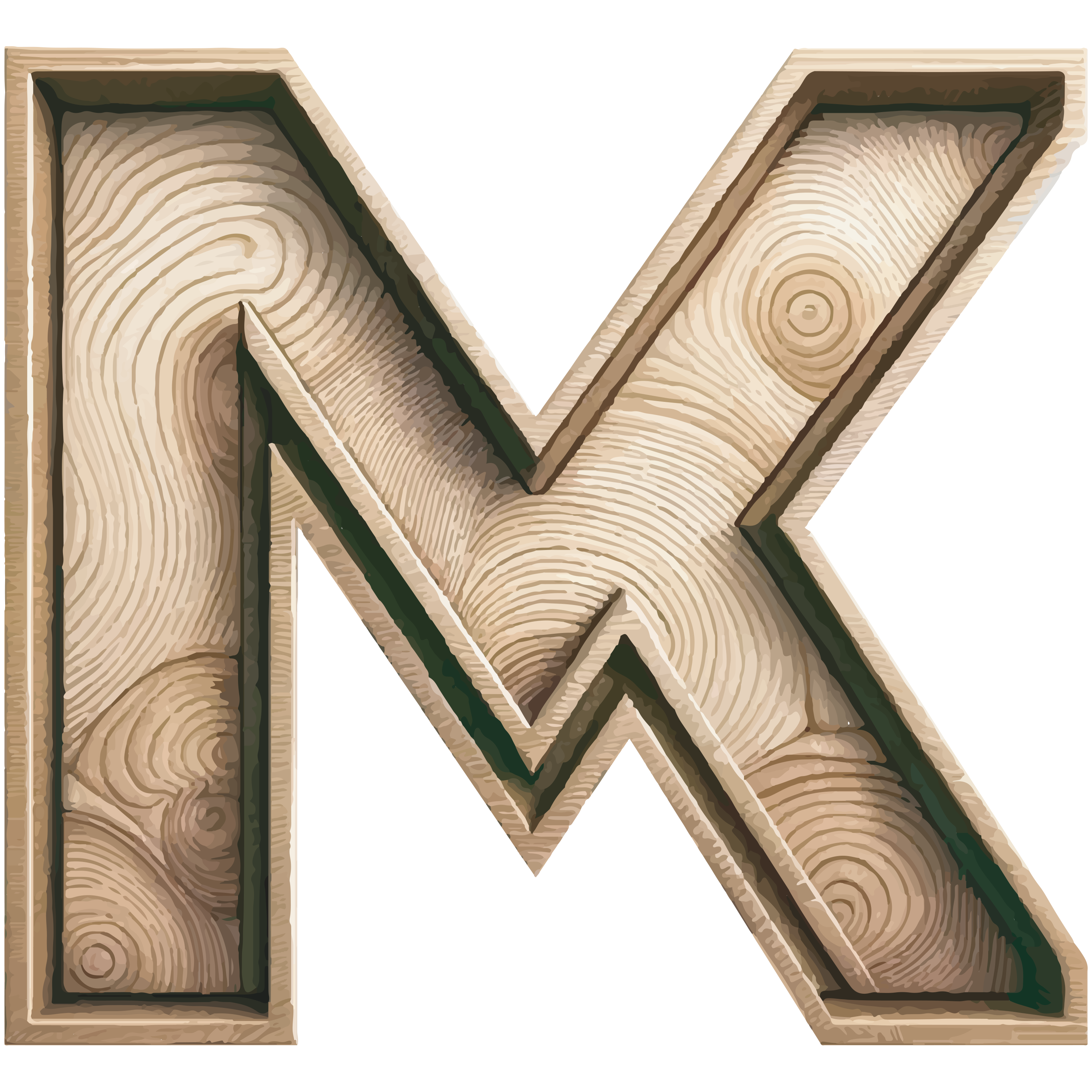Using the blockchain with Crypto-Coin Matic
MountainKraft uses Ethereum as its main blockchain, one of the best-known blockchains that goes beyond pure payment transactions and allows the execution of smart contracts – i.e. programmable contracts that can automatically trigger certain actions.
Ethereum has particularly distinguished itself as a platform for non-fungible tokens (NFTs). NFTs are unique digital assets that are stored on the blockchain and prove the authenticity and ownership of digital art, music or other digital goods. The ERC-721 standard on Ethereum enables the unique identification and differentiation of individual NFTs, which ensures their uniqueness. Unlike fungible token standards, such as ERC-20, which are interchangeable, ERC-721 emphasizes the uniqueness of each token. This uniqueness is crucial for digital artworks or collectibles, as it ensures the individual value and authenticity of each NFT.
Despite its popularity, the Ethereum blockchain faced major challenges until 2022. Scalability is a key issue, as high transaction volumes can lead to delays and higher costs. Ethereum’s energy overhead caused by Proof-of-Work (PoW) was at odds with increasing environmental concerns. With the switch to Proof-of-Stake (PoS), Ethereum’s carbon footprint was reduced by at least 99.84%.
Physical > 3D > NFT
The hand-carved figures are digitized using photogrammetry: This involves first taking 360° photos of the figure, which are then converted into a 3D model using software. As the photo quality is decisive for the quality of the 3D model, this is done in a professional studio where the lighting conditions can be ideally adjusted for the process.
Digital post-processing takes place after the scan and conversion: The 3D models are tidied up, i.e. incorrect paths and polygons are corrected. To keep the amount of data small, the file size is then reduced by reducing the number of polygons in the model.
The 3D models are then uploaded – with a screenshot and the necessary metadata – to the InterPlanetary File System (IPFS). The IPFS is a global, decentralized and redundantly distributed system in which files can be stored and uploaded. Since the blockchain code must be able to run independently of external sources, the IPFS offers the option of linking larger files to a blockchain. The alternative of on-chain mining cannot be sustainably accommodated in the blockchain for 3D models due to the volume of data.
The MOAI NFTs are mined in the Ethereum blockchain and can then be purchased on NFT marketplaces such as OpenSea. The ERC721A serves as the Ethereum base contract – a modification of the ERC 721, the Ethereum standard for non-fungible tokens. The ERC721A offers the opportunity to significantly reduce the amount of data and the minting fees (“gas fee”).

